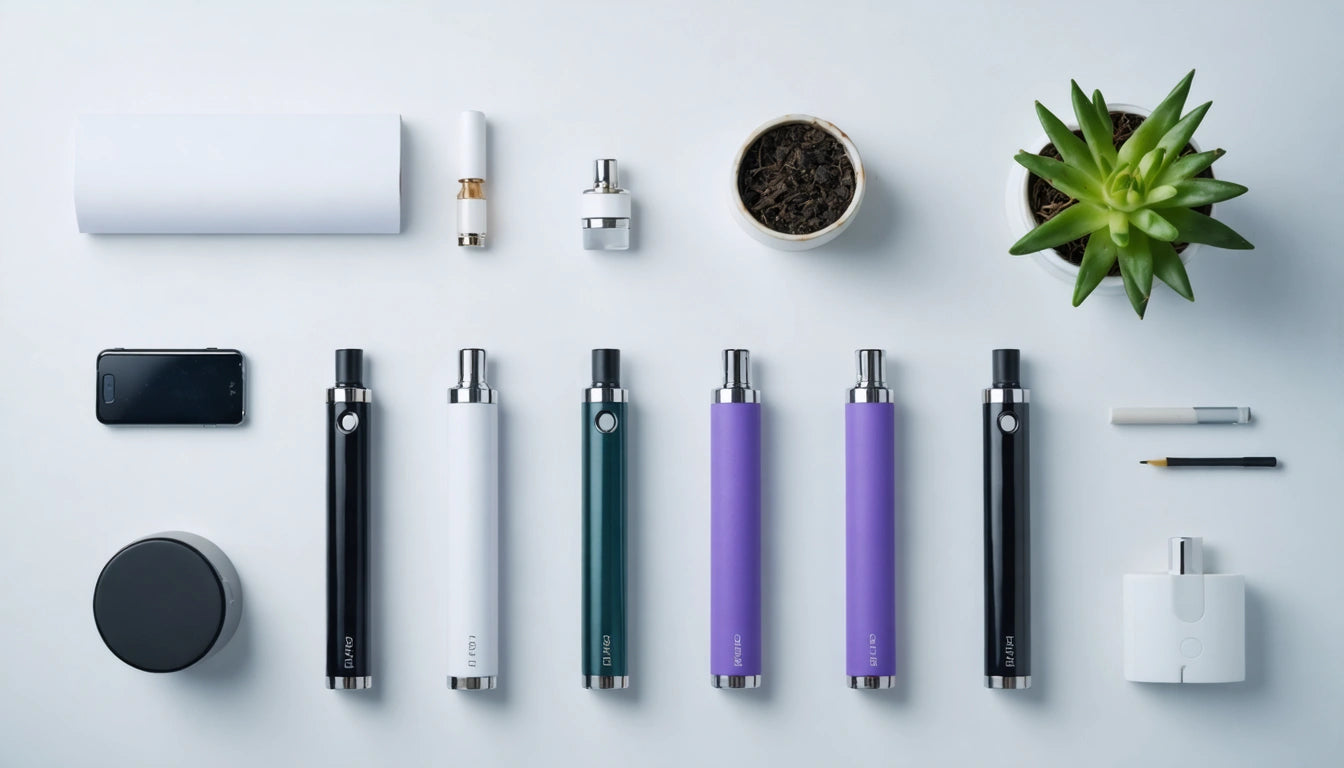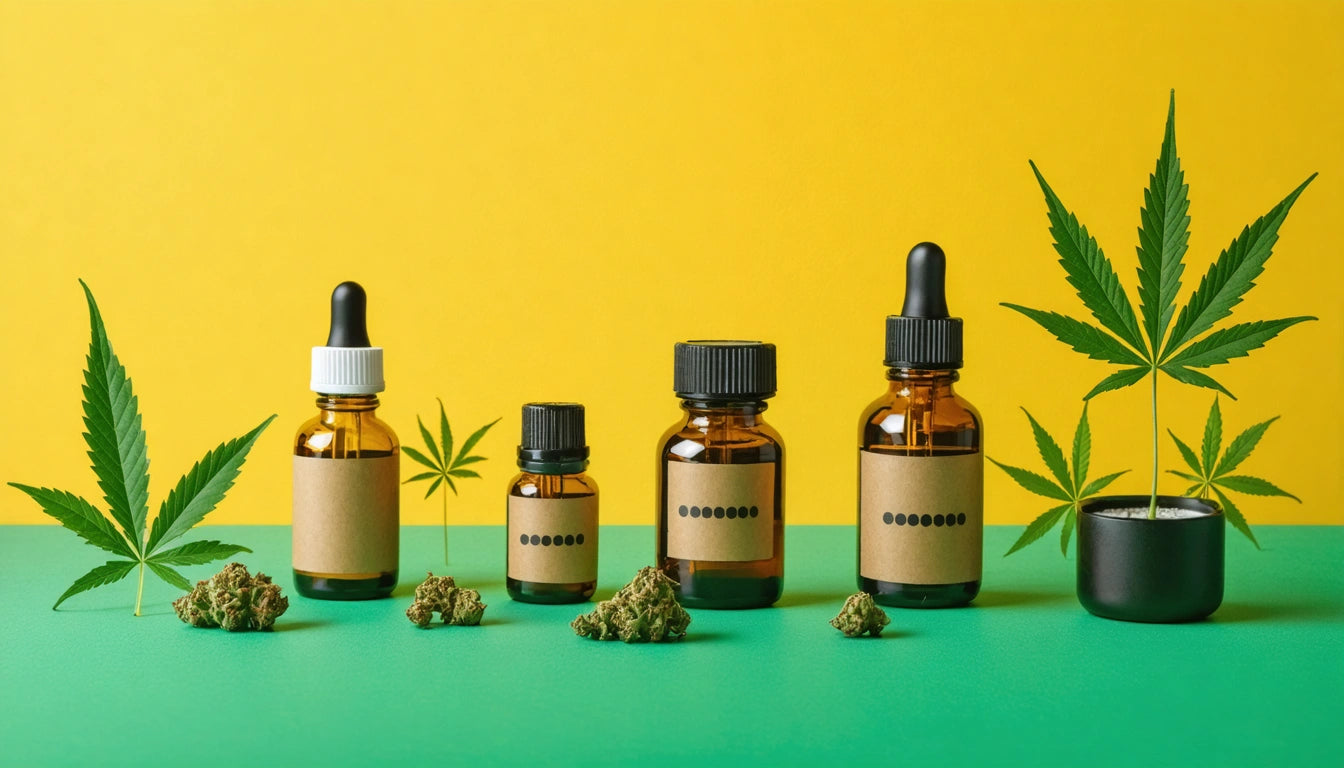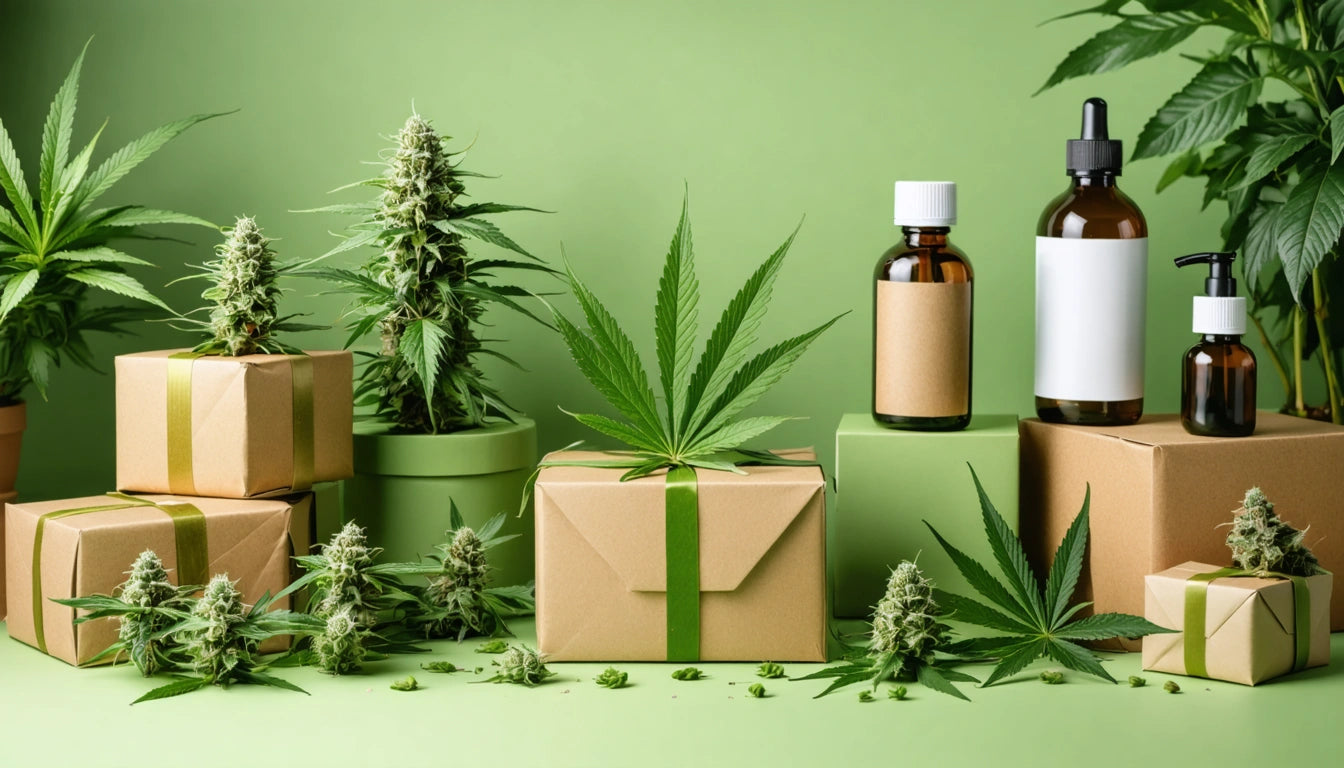Table of Contents
Vape pen packaging serves multiple critical functions beyond simple product containment. Effective packaging prevents costly leaks and breakage that can damage inventory, disappoint customers, and potentially create safety hazards. With the right protective packaging strategy, manufacturers can reduce returns, enhance brand reputation, and ensure products arrive in perfect condition.
Common Challenges in Vape Pen Protection
Vape products face unique vulnerabilities throughout the supply chain. Glass cartridges can crack under pressure, batteries may be damaged by impact, and oil can leak from improperly sealed components. Temperature fluctuations during shipping further complicate matters, as extreme heat or cold can affect viscosity and increase leak potential.
According to industry research on vape pen packaging, the most common damage occurs during transit, with nearly 60% of returns attributed to shipping-related issues. Retailers report that leaking cartridges represent the top complaint from consumers, followed by cracked glass and damaged threading.
Optimal Materials for Leak and Breakage Prevention
Protective External Materials
The outer packaging layer provides the first line of defense against physical damage. High-density paperboard, rigid plastic, and metal tins offer superior protection compared to standard cardboard. For premium products, luxury vape packaging options include reinforced materials that combine protection with aesthetic appeal.
Inner Support Structures
Custom inserts made from foam, molded pulp, or silicone create a secure environment that prevents movement during handling. Choosing the right insert material is crucial for preventing cartridges from shifting and potentially breaking.
Protective Design Features for Vape Packaging
Smart design elements significantly enhance protection against common hazards. Manufacturers should consider incorporating these features:
- Shock-absorbing corners that disperse impact forces
- Recessed cartridge compartments that prevent direct pressure
- Threaded caps or plugs that prevent leakage during transit
- Moisture barriers that protect against humidity
- Temperature-stabilizing materials for climate control
When comparing different formats, clamshells, boxes, and tubes each offer distinct advantages. Clamshells provide excellent visibility and protection, while tubes excel at preventing crushing damage. Boxes offer the most customization options and typically provide the best overall protection when properly designed.
Compliance Considerations for Secure Vape Packaging
Protective features must work in harmony with regulatory requirements. Child-resistant mechanisms are mandatory in most markets, as outlined in this guide to meeting legal standards. These mechanisms must remain functional while still providing adequate protection for the product inside.
For brands operating across multiple states, a compliance checklist helps navigate varying requirements without compromising protective qualities. Some states require specific impact resistance standards that directly align with breakage prevention goals.
Testing Protocols to Ensure Package Integrity
Implementing rigorous testing protocols helps identify vulnerabilities before products reach consumers. Effective testing includes:
Drop Testing
Packages should withstand drops from standard handling heights (typically 3-4 feet) without damage to the contents. Multiple drop angles should be tested to identify weak points.
Vibration Testing
Simulating transportation conditions reveals how packaging performs during extended shipping. This is particularly important for products being distributed through e-commerce channels, where packages face additional handling.
Temperature Cycle Testing
Exposing packaged products to temperature fluctuations can reveal potential leak points. Manufacturers should consider using high-barrier packaging materials that maintain integrity across various environmental conditions, particularly for products with longer shelf lives.
Pressure Testing
Evaluating how packaging responds to external pressure helps ensure products remain intact when stacked or compressed during storage and shipping.
Future Innovations in Protective Vape Packaging
The vape packaging industry continues to evolve with new protective technologies. Emerging solutions include:
Smart packaging with humidity indicators allows consumers and retailers to verify product integrity before opening. Biodegradable protective materials address sustainability concerns while maintaining protective qualities, as highlighted in this overview of sustainable options.
Anti-counterfeiting features not only protect brand integrity but often incorporate additional physical protection elements. These innovations help establish consumer trust and brand loyalty while ensuring products remain safe and functional.
By implementing comprehensive protection strategies, manufacturers can significantly reduce damage rates while enhancing the consumer experience. The investment in proper protective packaging typically pays for itself through reduced returns, increased customer satisfaction, and strengthened brand reputation in the competitive vape market.











Leave a comment
All comments are moderated before being published.
This site is protected by hCaptcha and the hCaptcha Privacy Policy and Terms of Service apply.